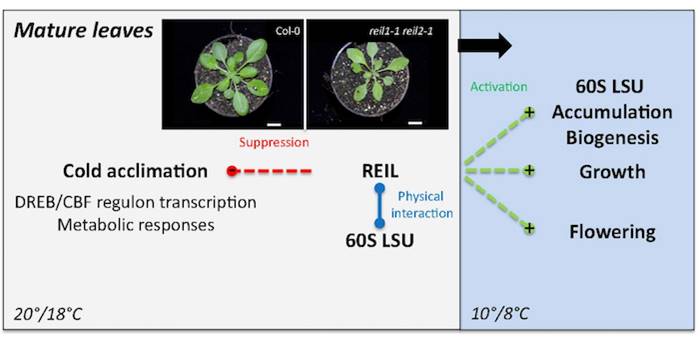
Plant acclimation and growth under low temperature conditions mediated by REIL proteins
Plant Science Research WeeklyREIL1 and REIL2 proteins in Arabidopsis are homologs of REI1, a yeast ribosome biogenesis factor. REI1 facilitates 60S ribosomal maturation in yeast. Beine-Golovchuk and co-workers have studied the cold acclimation response of the double mutant reil1-1 reil2-1. Previous studies by the same group showed…
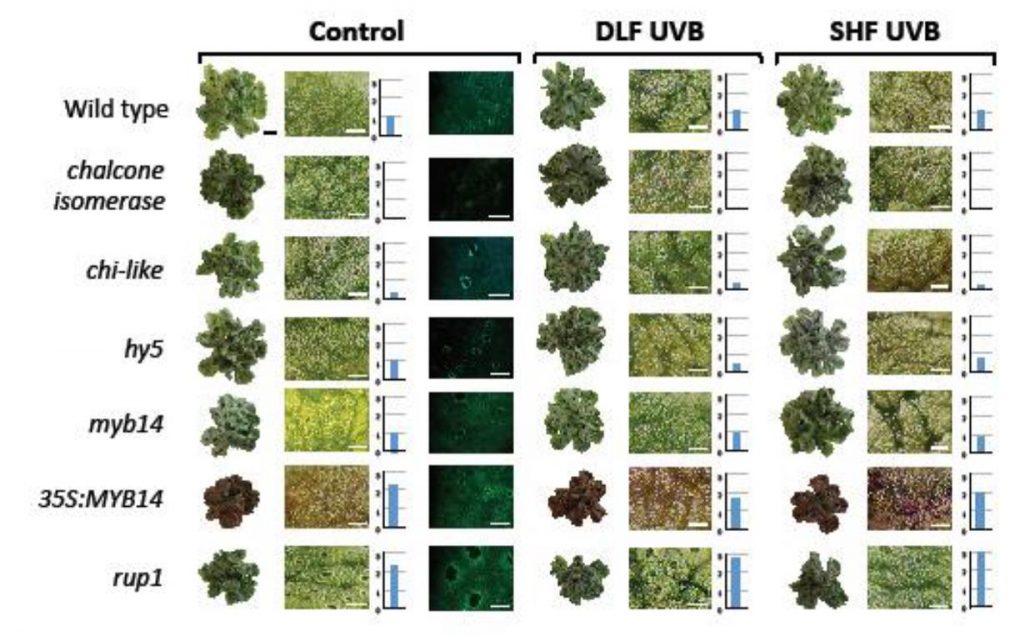
A conserved role for flavonoids in the protection of plant tissues from UV damage ($)
Plant Science Research WeeklyThe transition from aquatic to terrestrial environments exposed the earliest land plants to higher doses of damaging ultraviolet (UV-B) radiation. To cope with this stress, land plants evolved complex signalling mechanisms and an inventory of protective ‘sunscreen-like’ flavonoids. To explore whether…
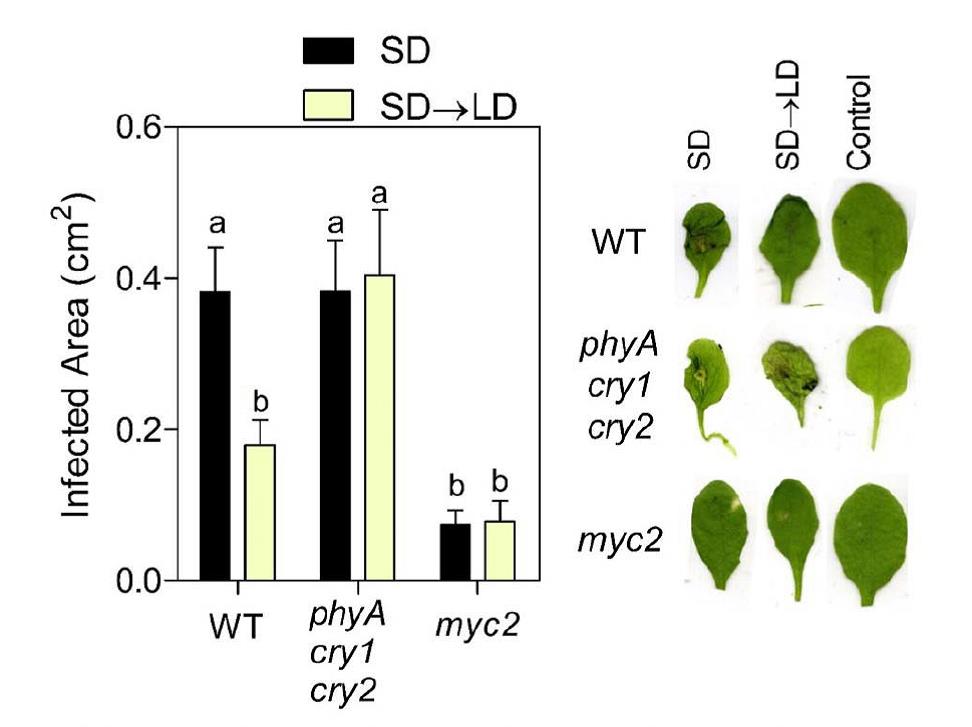
Suns out, guns out: Plant defense responses are enhanced under long-day photoperiods ($)
Plant Science Research WeeklyAs sessile organisms, plants must constantly sense and respond to a dynamic range of stimuli in their environment, which includes both the duration of light (photoperiod) and the presence of microbial invaders. In a recent article published in Plant Physiology, Cagnola et al. (2018) investigate how plant…
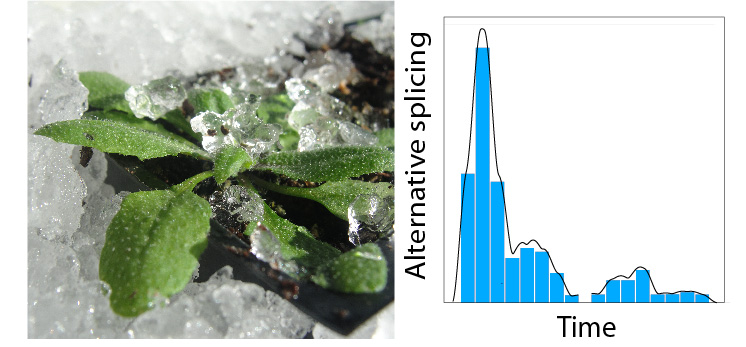
Dynamic Alternative Splicing Response to Cold
Research, The Plant Cell, The Plant Cell: In a NutshellCalixto et al. demonstrate a rapid wave of alternative splicing as temperatures drop. The Plant Cell (2018) https://doi.org/10.1105/tpc.18.00177.
By Cristiane Calixto and John Brown
Background: Alternative splicing (AS) allows a single gene to produce more than one transcript, which can affect…

Mitigating Yield Loss Under Global Warming
Research, The Plant Cell, The Plant Cell: In a NutshellMa et al. investigate epigenetic aspects of heat-induced male sterility in cotton.
By Yizan Ma, Ling Min and Xianlong Zhang
Background: Global warming causes extremely high temperatures in summer in some areas. Certain crops cultivated in summer cannot tolerate extreme heat stress and begin…

Li Zichao, research group of China Agricultural University, made new progress in the research on drought resistance mechanism of water and upland rice
Blog, Plant Physiology, Plant Physiology: EditorialsPress release from The World of Seeds, translated by Google Translate
Rice and upland rice are two ecological types of Asian cultivated rice that are differentiated under different water conditions, and their drought resistance is significantly different. Therefore, mining the drought-resistant genes…
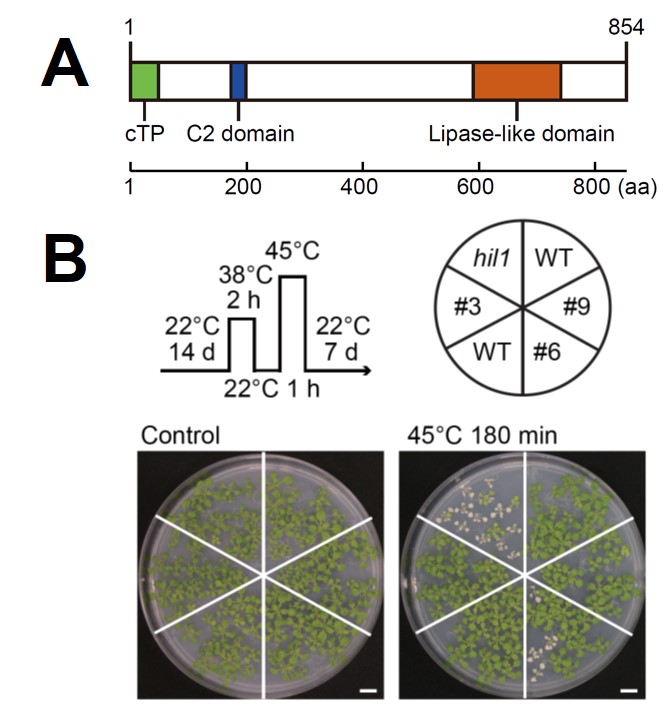
Heat Trims the Fat: HIL1 Functions in Lipid Homeostasis
Blog, The Plant Cell, The Plant Cell: In BriefGlobal climate change is one of the most pressing issues facing our world today. The impact of increasing temperatures can be felt in diverse areas, including human health and disease, natural ecosystems, and food security. In the agricultural sector, deciphering how plants respond to changing environmental…

Natural variation in OsLG3 increases drought tolerance in rice (Plant Physiol)
Plant Science Research WeeklyThrough a GWAS study, Yu, Xiong et al. previously identified a transcription-factor encoding gene, OsLG3, with alleles that contribute to increased grain length in rice. In this new work, Xiong, Yu et al. showed that the same alleles of OsLG3 that confers longer grain length also enhance drought tolerance.…

Maintaining Cellular Phosphate
Research, The Plant Cell, The Plant Cell: In a NutshellSegami et al. investigate cellular phosphate homeostasis in Arabidopsis. Plant Cell https://doi.org/10.1105/tpc.17.00911
Background: Many biological reactions, including the biosynthesis of DNA, RNA, proteins, and polysaccharides, produce inorganic pyrophosphate (PPi). However, accumulation of PPi…

